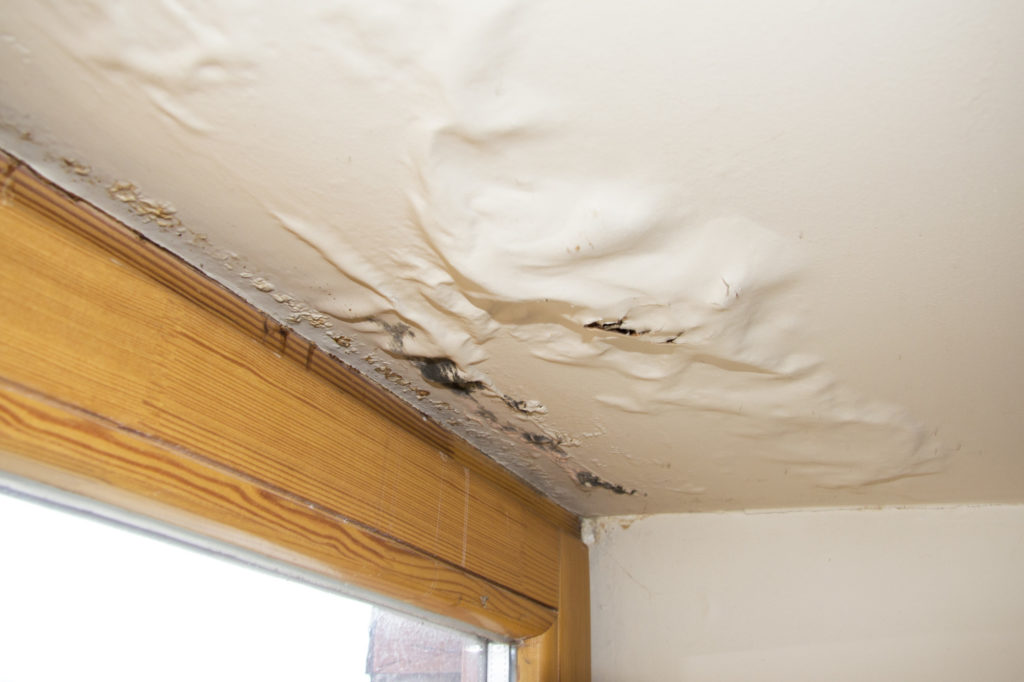Do's & Don'ts of Water Restoration.
Do's & Don'ts of Water Restoration.
Blog Article
Just about everyone has their own way of thinking about Reducing Your Risk Of Water And Fire Damage At Home.

Water offers life, water breach on parts where it's not intended to be can result in damages. It can peel away surface areas and also deteriorate the structure if the water saturates into your structure. Mold and also mildew likewise flourish in a moist environment, which can be harmful for your health. Residences with water damages scent musty as well as old.
Water can originate from numerous sources such as tropical storms, floods, ruptured pipes, leakages, as well as sewer concerns. In case you experience water damage, it would certainly be great to know some safety and security precautions. Below are a few standards on exactly how to manage water damages.
Do Prioritize Home Insurance Coverage Coverage
Water damage from flooding dues to heavy winds is seasonal. However, you can additionally experience a sudden flooding when a defective pipeline all of a sudden breaks right into your home. It would be best to have residence insurance coverage that covers both disasters such as natural catastrophes, and emergencies like busted plumbing.
Don't Fail To Remember to Switch Off Utilities
In the event of a calamity, especially if you stay in a flood-prone area, it would certainly be recommended to switch off the main electrical circuit. This removes power to your whole residence, stopping electric shocks when water is available in as it is a conductor. Furthermore, do not forget to switch off the major water line valve. When floodwaters are high, furnishings will move around as well as trigger damage. Having the primary shutoff shut down stops more damages.
Do Keep Proactive and also Heed Weather Alerts
Pay attention to evacuation warnings if you live near a creek, river, or lake. Doing so lowers possible property damages.
Don't Ignore the Roofing System
You can prevent rain damages if there are no openings and leaks in your roof. This will prevent water from moving down your walls as well as saturating your ceiling.
Do Pay Attention to Small Leakages
A ruptured pipe doesn't happen over night. Usually, there are red flags that show you have actually deteriorated pipelines in your home. As an example, you may discover gurgling paint, peeling wallpaper, water touches, water spots, or trickling noises behind the wall surfaces. Eventually, this pipeline will certainly break. Ideally, you need to not wait on points to rise. Have your plumbing repaired before it results in substantial damages.
Do Not Panic in Case of a Burst Pipe
When it comes to water damages, timing is key. Hence, if a pipe ruptureds in your house, immediately closed off your main water shutoff to cut off the source. Call a reputable water damage reconstruction expert for support.
Water gives life, water intrusion on parts where it's not supposed to be can result in damage. Homes with water damage scent mildewy as well as old.
Water damages from flooding fees to heavy winds is seasonal. You might observe bubbling paint, peeling wallpaper, water touches, water discolorations, or trickling noises behind the wall surfaces. When it comes to water damage, timing is crucial.
Some Do's & Don't When Dealing with a Water Damage
DO:
Make sure the water source has been eliminated. Contact a plumber if needed. Turn off circuit breakers supplying electricity to wet areas and unplug any electronics that are on wet carpet or surfaces Remove small furniture items Remove as much excess water as possible by mopping or blotting; Use WHITE towels to blot wet carpeting Wipe water from wooden furniture after removing anything on it Remove and prop up wet upholstery cushions for even drying (check for any bleeding) Pin up curtains or furniture skirts if needed Place aluminum foil, saucers or wood blocks between furniture legs and wet carpet Turn on air conditioning for maximum drying in winter and open windows in the summer Open any drawers and cabinets affected for complete drying but do not force them open Remove any valuable art objects or paintings to a safe, dry place Open any suitcases or luggage that may have been affected to dry, preferably in sunlight Hang any fur or leather goods to dry at room temperature Punch small holes in sagging ceilings to relieve trapped water (don't forget to place pans beneath!); however, if the ceiling is sagging extremely low, stay out of the room and we'll take care of it DO NOT:
Leave wet fabrics in place; dry them as soon as possible Leave books, magazines or any other colored items on wet carpets or floor Use your household vacuum to remove water Use TV's or other electronics/appliances while standing on wet carpets or floors; especially not on wet concrete floors Turn on ceiling fixtures if the ceiling is wet Turn your heat up, unless instructed otherwise

I came across that piece of writing on Fire And Water Damage Prevention while doing research the internet. Enjoyed our piece? Please share it. Help someone else locate it. Thank you so much for your time invested reading it.
Report this page